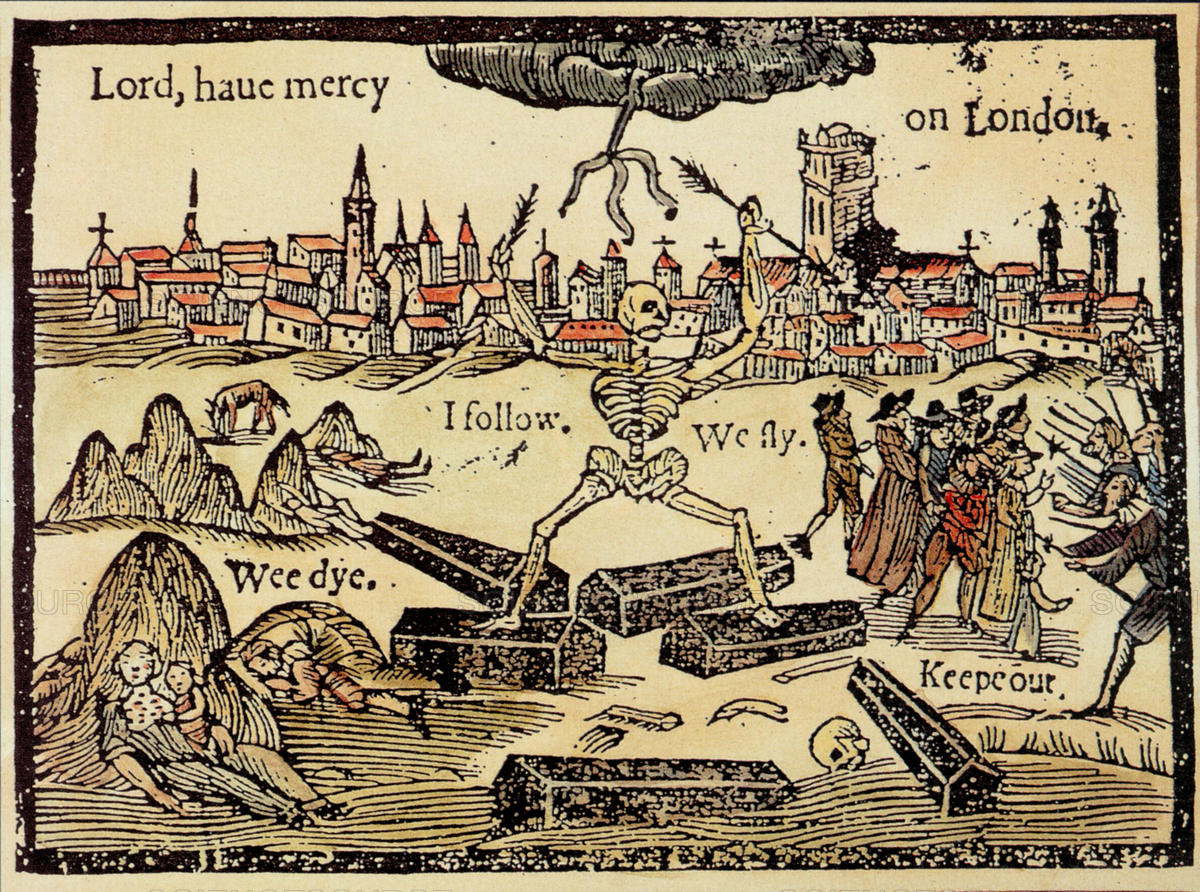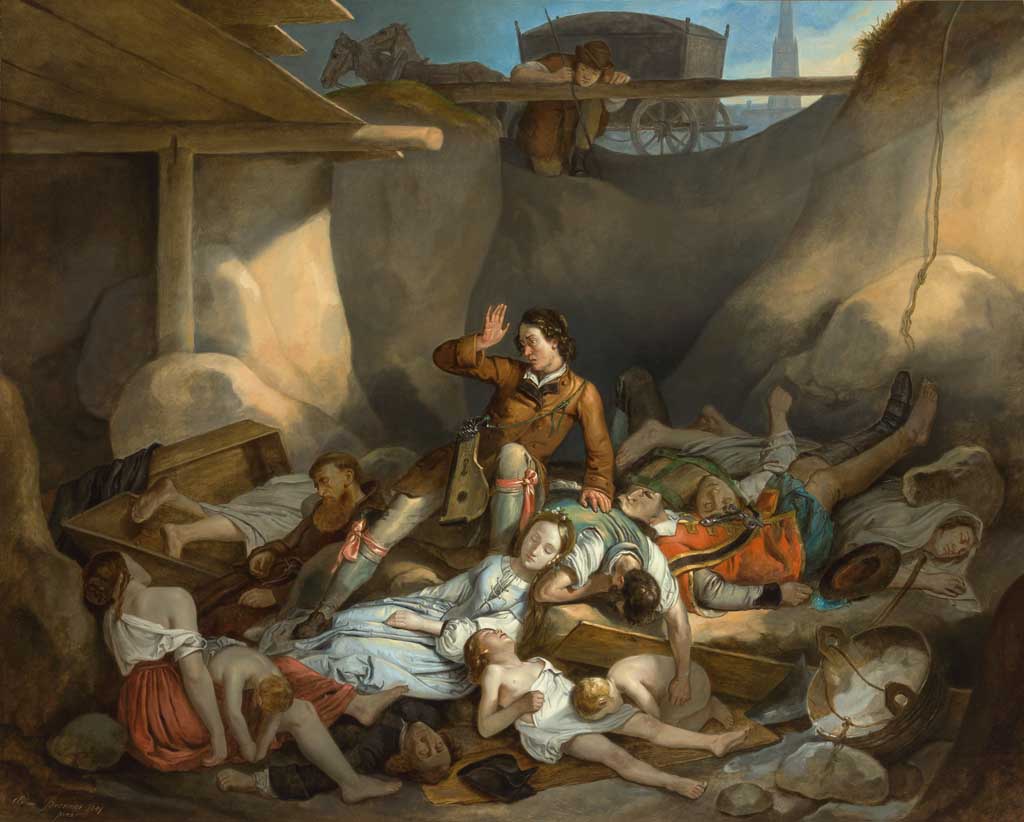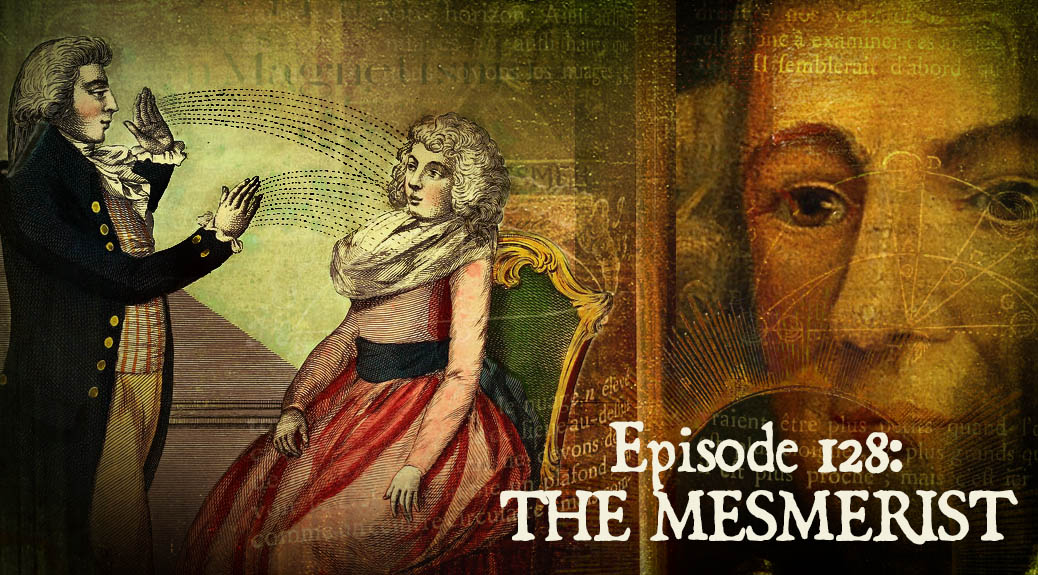
The Mesmerist
Podcast: Play in new window | Download (Duration: 51:35 — 59.0MB)
Subscribe: Apple Podcasts | Spotify | Android | Podchaser | RSS | More
Our understanding of hypnotism, once known as “mesmerism,” has radically evolved over the centuries. This episode looks at where it all began, examining the fascinating (and rather weird) story of the 18th-century German doctor, Franz Anton Mesmer, after whom “mesmerism” is named.
We begin, with a look at the mesmerist’s sinister reputation in the 19th century, as reflected in the British writer George du Maurier’s 1894 novel, Trilby. While the book’s named for its protagonist, Trilby O’Ferrall, an Irish girl working as a model in a British artist’s colony in Paris, her nemesis is better known, namely, her vocal instructor, Svengali, an Eastern European musician whose hypnotic powers not only propel the aspiring singer to stardom but also come to dominate and ruin her life. We look at the novel’s forgotten popularity in its day, the phenomenon of “Trilbyana,” and the book’s cinematic adaptations, including the 1931 film, Svengali, with John Barrymore in the title role. Along the way, we note some surprising parallels with more prominently gothic novels and films.
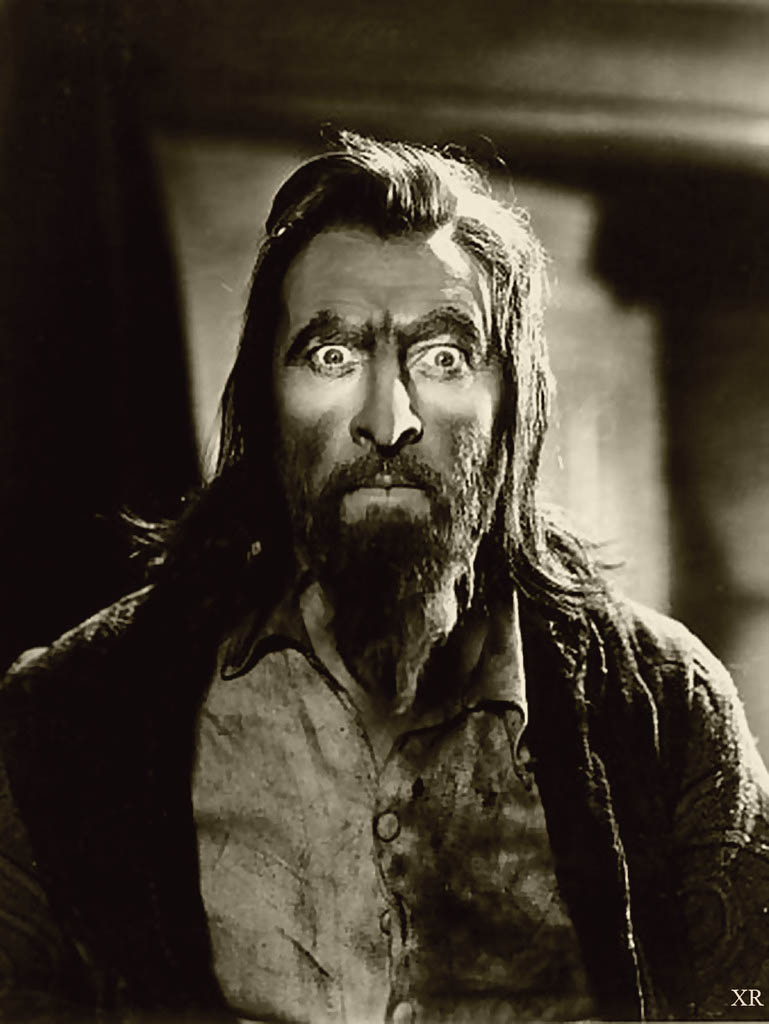
Beginning with Mesmer’s dubious scholarship at the University of Vienna, we make an attempt to untangle his concept of “animal magnetism,” describing an invisible, dynamic fluid, comparable to the “cosmic magnetism” that guides the planets, but particular to “animals” (i.e., creatures sharing an “animus” (L) or animating spirit.
We particularly focus on Mesmer’s experiences while in Hungary, where in 1775 he was summoned by a Baron Horeczky de Horka, who hoped the German doctor’s new form of therapy might succeeds where treatments of his condition by others had failed. We hear of several curious incidents occurring in the castle, which were documented in detail the family tutor and interpreter Herr Seifert, who had observed Mesmer with a skeptical fascination, expecting the man to be a charlatan.

We next look at Mesmer’s return to Vienna where he attempted the cure of Marie Paradies, a talented musician blind since the age of three who mingled with the musical elites of her city and was regarded with favor by the Imperial court.
As the results here were dubious at best, we then follow Mesmer on his escape to Paris, where he becomes a faddish celebrity. Mrs. Karswell reads for us a lengthy descriptions of his “magnetic salons,” as observed by a Scottish physician, John Grieve, during a visit to Paris in 1784. During that same year, however, Mesmer’s increasing fame drew the attention of the state, and his techniques were the subject of two Commissions called by Louis XVI. The results were unfortunate for Mesmer but provide listeners with some tasty descriptions of the collective madness involved in those salons.
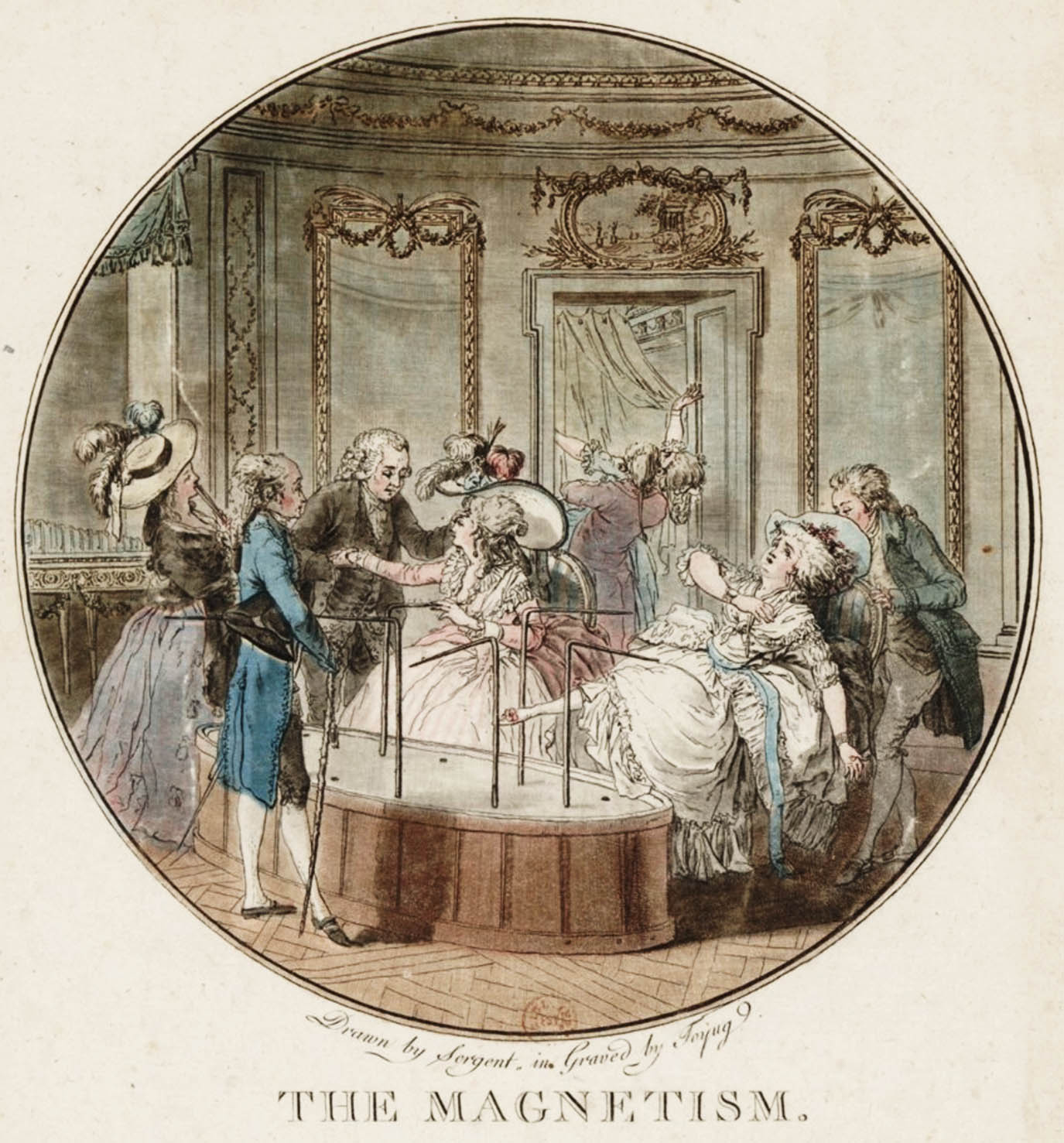
We then have a look at the connection between Mesmer and the Mozarts (primarily father Leopold but to some extent also his musical Wunderkind, Wolfgang,) and here we note Mozart and Mesmer’s mutual fondness for the glass harmonica — Ben Franklin’s invention consisting of a series of glass bowls of descending size mounted on a horizontal spindle, rotated by a foot treadle and played with a wetted finger. While Mesmer considered its sound to have healing “magnetic” properties, others regarded the unearthly sounds with suspicion, and so we hear a bit of lore about the glass harmonica’s “cursed” (and even lethal) reputation during the 18th century.
The show closes with a charming story about a canary kept by the great mesmerist until the day of his death, which is also described.
NOTE: This episode also references the new publication, We Need to Talk About Death, a book by our very own Sarah Chavez, which is now available from Amazon and through stores near you.

